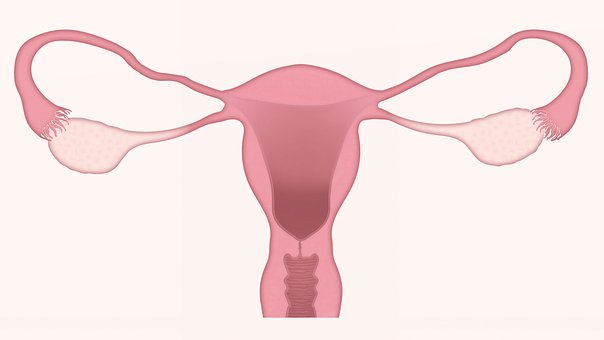Causes of Endometriosis: Endocrinology

Endometriosis is known to be a sex hormone-dependent disease, and there are estrogen, progesterone, and androgen receptors in ectopic tissues. Regardless of the source of the endometrium, its growth is related to ovarian endocrine.
The changes in Endocrinology caused by endometriosis are related to anatomical changes, ovarian related diseases, changes in the intraperitoneal environment, and so on. The surgical treatment and drug treatment for the diseases will also cause the changes of Endocrinology and ovarian function.
At present, most scholars think that for patients with moderate or severe endometriosis, the main mechanism of infertility may be the adhesion of pelvic and abdominal organs or the abnormal anatomical structure caused by obstruction, but for mild endometriosis, the more important factors may be the abnormal immune function and the disorder of internal secretion.
1. Prostaglandins
It has been recognized that the increase of prostaglandin content or imbalance of prostaglandin can cause abnormal peristalsis of fallopian tubes and affect the delivery of pregnant eggs. In addition, it can also affect follicular development and inhibit ovulation, or inhibit the secretion of progesterone through luteinizing, leading to luteal dysfunction.
#p#副标题#e#
Prostaglandins can directly act on the hypothalamus and pituitary gland, affect the release of gonadotropins in the hypothalamus, and the synthesis of ovarian hormones, cause endocrine disorders and cause dysmenorrhea through contraction of myometrium and blood vessels. But the contraction of the uterus is easy to make the blood flow back, and the menstrual products pollute the pelvic cavity.

2. Theory of luteinized unruptured follicle
Luteinized unruptured follicle (LUF) is a special type of anovulation, which may be related to the occurrence of EMS.
After ovulation, the concentration of estradiol and progesterone in the peritoneal fluid of normal women is very high, which makes the endometrial cells of reflux degenerate, while the clinical manifestations of LUF patients have ovulation characteristics, BBT It is bi-directional type. The endometrium has a change of secretory period and the rise of progesterone in the blood in the second half of the menstrual cycle.
However, through laparoscopy, it is found that there is no sign of ovulation in the ovary itself, such as no luteal hematoma, no trace of ovulation on the surface of the ovary. The follicle may have luteinization, but the concentration of estrogen and progesterone is low.
High concentration of progesterone can inhibit the growth of active endometrium, while the content of progesterone in the peritoneal fluid of luteinized follicular patients is low, and the control of endometrial cells is lost, so the growth is active.
You may also be interested in:
Causes of Endometriosis: Coelomic Metaplasia Theory
previous pageEnvironmental Factors May Also Lead to Endometriosis
next page
You may also be interested in
- Endometriosis and Debilitating Bowel & Bladder Pain: Diagnosis, Treatments, and Hope for Relief
- Struggling with Endometriosis Symptoms? Proven Back Pain and Painful Sex Relief Options
- Severe Endometriosis Treatment: Chronic Pelvic Pain Relief and Infertility Solutions
- New Endometriosis Pill Approved on NHS: What This Means for Patients and the Role of Traditional Chinese Medicine
- Can Endometriosis Be Endured Until Menopause?
Testimonials
- Adenomyosis with Ureaplasma Urealyticum Cured by Fuyan Pill
- Tubal blockage with hydrosalpinx can be cured by TCM shortly
- Fuyan Pill Helps A woman with Adenomyosis Get Pregnant
- A Woman with Hydrosalpinx Is Cured with Fuyan pill
- Pelvic Inflammatory Disease Testimonials
- Irregular Vaginal Bleeding and Endometrial Thickening Cured by Fuyan Pill
- Pruritus Vulvae and Frequent Urination: Mycoplasma Infection Cured after 2 Courses



